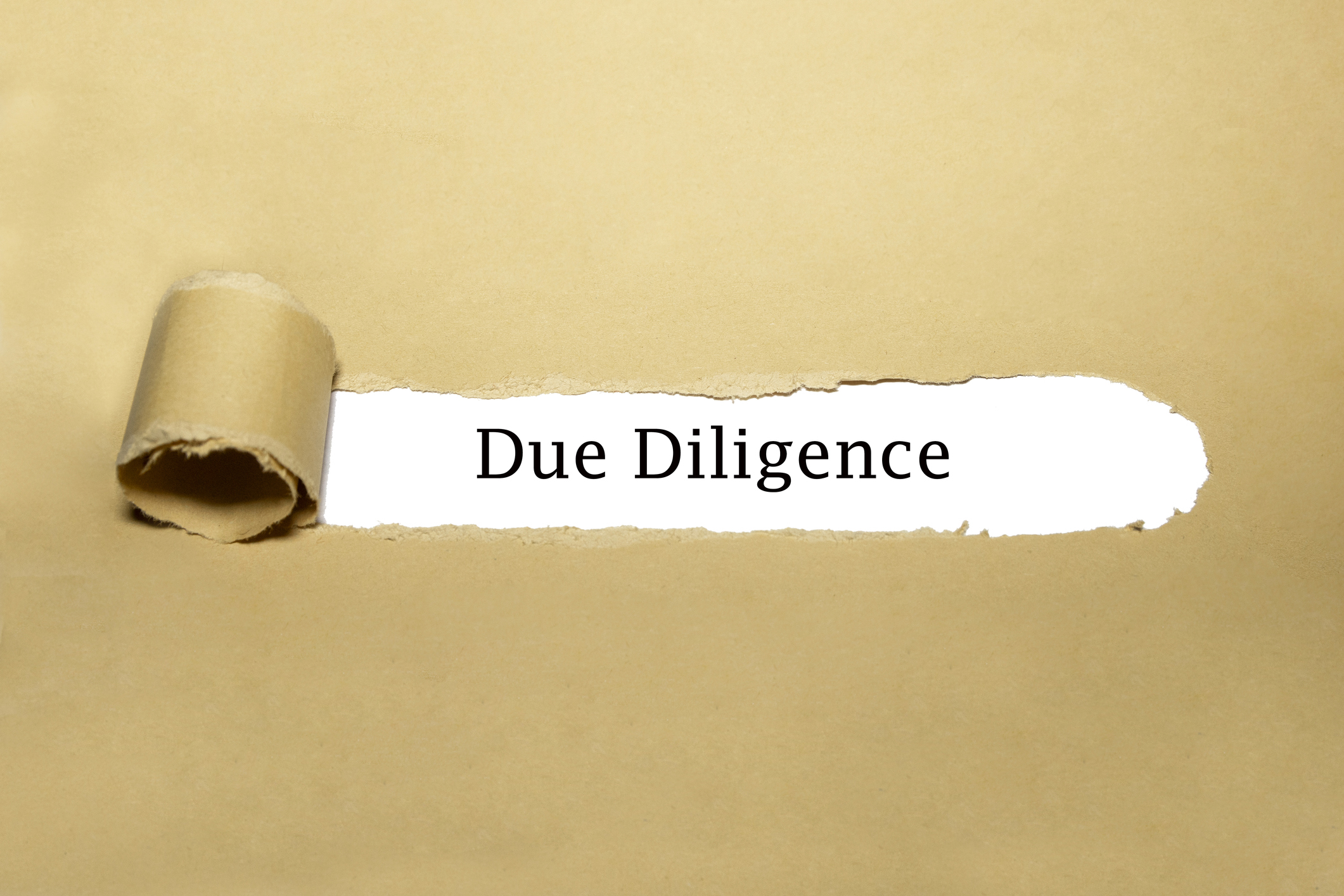
Reduction of Capital and How to Improve Your Balance Sheet
Date: 02/06/2020 | Corporate
As companies continue to trade through these difficult times, many will be building up losses on their balance sheets. As a consequence, otherwise sound businesses will find it difficult to secure credit or be unable to pay dividends to their owners. Moving forward those companies will be looking for ways to strengthen their balance sheets.
One useful mechanism available to companies is a ”reduction of capital”. Using this technical process, a company is able to use certain balance sheet reserves (including the share premium account and capital redemption reserve) to negate losses and create distributable profits. There is no physical transfer of cash involved in the reduction of capital – it is a paper exercise moving one part of the balance sheet to another and allowing reserves to be put to good use.
The primary reserve which can be used in this way is the share premium account – this arises when a shareholder subscribes for shares at a price which is higher than the par value of those shares – for example, £50,000 is subscribed for shares with a nominal value of £500 – this will appear in the accounts as £500 share capital and £45,500 share premium. That £45,500 can be the subject of a reduction of capital provided that the company is solvent.
The share premium account itself has limited uses but through the reduction of capital process, it can effectively be offset against losses and any balance can then be used to create distributable reserves. The creation of distributable reserves might be the end of the exercise or those reserves could then be put to use to make a payment to shareholders or as part of a wider transaction – for example:-
- Many owner-managed companies will use dividends as a key part of remuneration arrangements with director/shareholders receiving a small salary accompanied by a dividend – having distributable reserves means that cash could be released to those shareholders by way of a dividend payment;
- Companies may be considering reorganising their business structures by demerging different business units or assets into separate entities. Having distributable profits may facilitate those types of transactions depending on the exact requirements of the proposed structure and any associated tax planning – for instance, moving a property into a company separate from the trade or splitting different branches or distinct trades currently held within one company into separate companies;
- Allowing a payment to be made to an outgoing or retiring shareholder on a company buyback of shares – this might be useful for business succession planning or to facilitate an exit for one generation of management.
A reduction of capital can be achieved in one of two ways by following a statutory process under The Companies Act 2006 – either through a court process or by using a solvency statement.
The solvency statement route is simpler and more cost-effective than the court route and suitable for most private companies. The following are required for the process:-
- A solvency statement signed by all the directors confirming the company’s ability to pay its debts as they fall due over the following 12 months. In order to give the statement, the directors will need to give careful consideration to the company’s current and onward financial position;
- A special resolution of the shareholders – ie a resolution passed by a majority of the holders of 75% of the shares in the company;
- Filing the statement, the resolution and a statement of capital and compliance with the Registrar of Companies at which point the reduction and balance sheet changes are effective.
In summary, a reduction of capital is a technical process which can improve a company’s balance sheet and allow the distributable reserves created to facilitate various transactions.
If you need advice on any of the issues raised in this article please contact Fiona Piper.




















































































